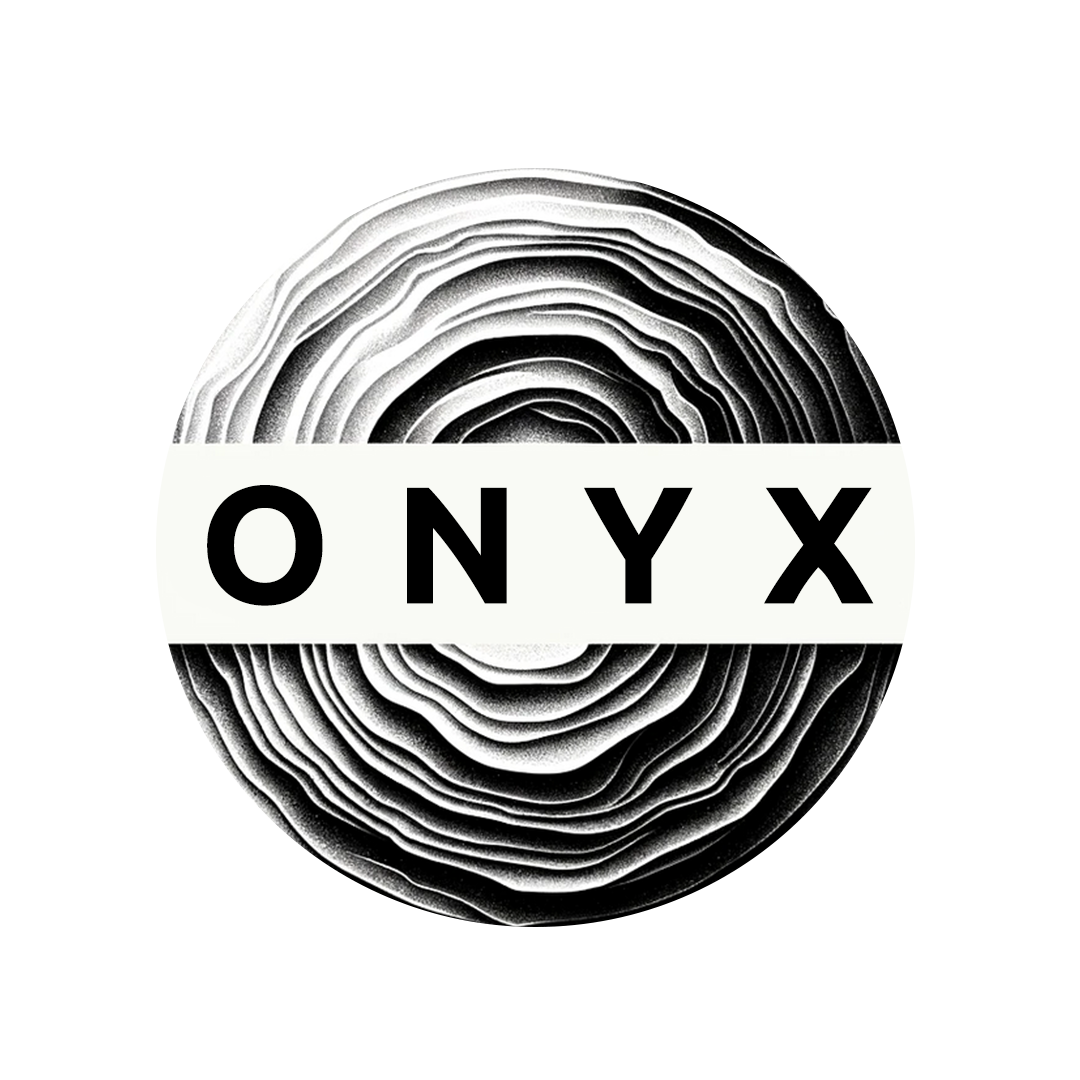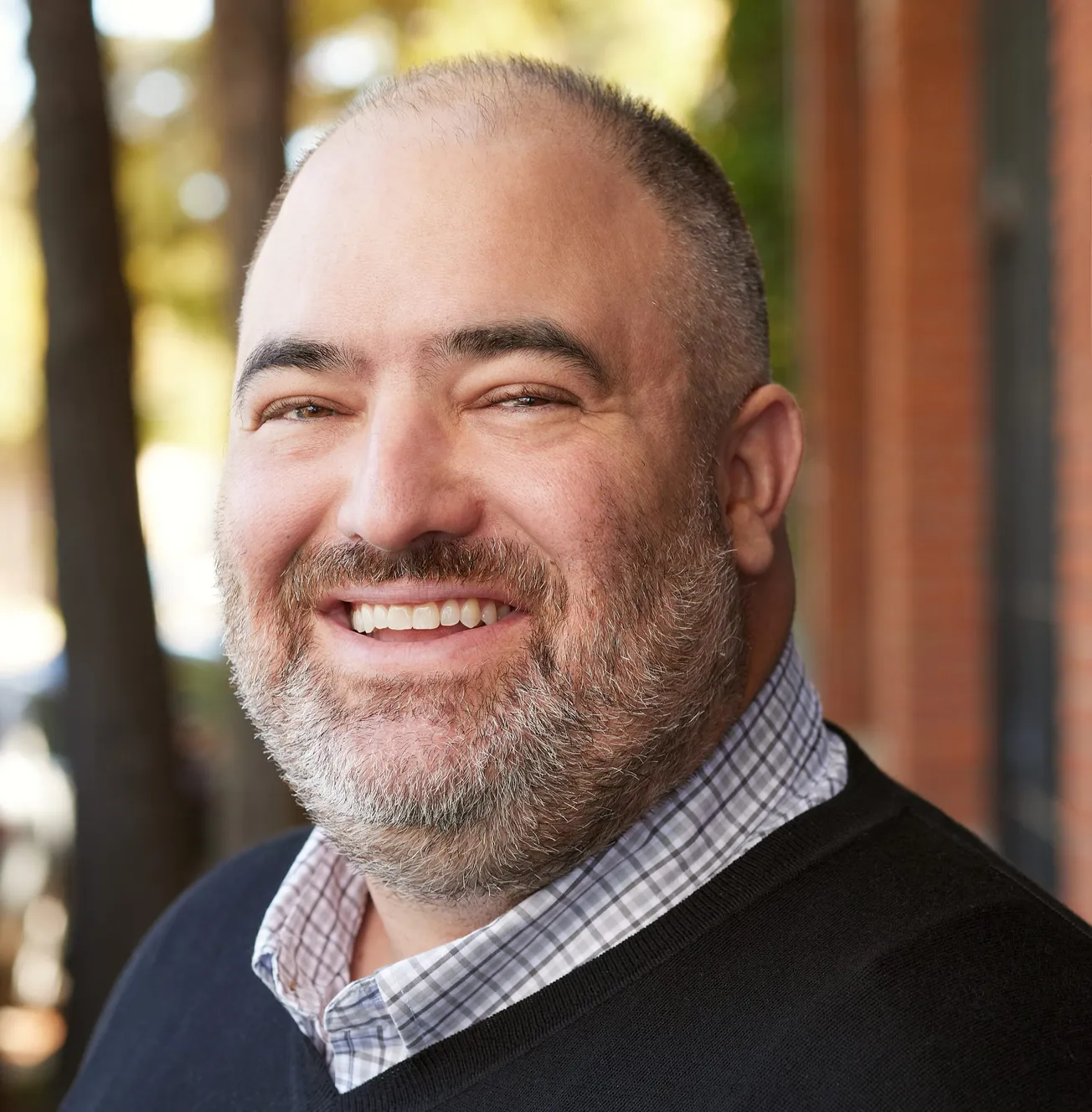Table of Contents
Let’s start with an idea of your career thus far. How did you get to Verily?
Well, it all started in tech. My first job was at a hospital, running their IT systems as a young undergraduate student. I moved to the San Francisco Bay Area during the height of the first dot-com boom. I spent a decade there, working at startups and public companies—all in the IT & engineering world.
Then I took a detour to leave tech and went into retail. I took a job in Seattle working at Starbucks, which at the time felt like I was straying from my tech roots. But that was a great four years where I learned a lot about how retailers think about loyalty and the customer experience. After a short stint in Minneapolis,I went back to the Bay Area and started working at Symantec, which was one of the world’s largest cybersecurity companies at the time.
In 2015, I joined Google—this was right before Alphabet took shape. Alphabet is the parent company of Google and many other companies, including Verily. Alphabet also has units like Waymo for self-driving cars, Wing for drone delivery and Intrinsic for robots. At Google X, where new companies inside Alphabet are built, I started my own cybersecurity company called Chronicle.
I transferred to Verily in June 2020, in the midst of COVID. I initially came on board to advise on scalability and operations, which turned into an offer to become Chief Operating Officer in 2021, and eventually Chairman and CEO several years later. My time at Verily started as a short-term engagement four and a half years ago, but it has led me to a mission to push Verily further into the frontier of the intersection between healthcare and technology.
So what is the overall vision for the platform?
In simple terms, we want to bring the promise of precision health to everyone, every day — that's our mission statement. It's important to understand our origin. We're a health-tech company operating in several key areas. At our core, we're asking: “Can we build technology, insights and learnings that help change the trajectory of how healthcare is provided?”
But we approach this with humility: we recognize the road is littered with tech companies that think technology alone is going to fix the problems we face in healthcare. We recognize these problems are complex and require a patient approach. We bring together broad expertise in medicine, science, technology and engineering into one company. And then we solve ambitious problems. Because if you take a long enough time horizon, we believe you can bend the curve a little bit and make a big difference. Verily is in the business of doing that.
We start with developing what we call first-party solutions. These are our own offerings built in-house, such as chronic disease management, clinical research and insurance. To build these first-party solutions ourselves, we needed to develop a platform that could house and deliver them. We've invested a lot of time and capital into building and growing that platform over the last three years, and the first-party solutions that we’ve sent to market have been very well-received.
Large pharma companies, for example, look at the work we do and recognize that the data science applications or clinical research tools that they need to build themselves could be better if they were built using our platform.
This platform is developing all the capabilities you'd expect: sophisticated AI and large language model capabilities for healthcare, data aggregation and interoperability, privacy, consent, security and authentication — all the infrastructure that we've tried and tested over the years for our own applications. We have a great usability and user experience team, we have some of the best engineers in the world, and we are developing some of the strongest technical, clinical capabilities with AI. For companies who don't want to replicate that kind of tech stack from scratch, we can offer access to our platform for them to explore building their own proprietary applications.
That's the duality of our offering in simple terms: the first-party applications that Verily sells, and a future platform offering so that customers can build their own.
And what are some of these first-party solutions?
In 2018, we launched our first chronic care and chronic disease management offering called Onduo. That originally targeted the type 2 diabetes community. Early on, we were ahead — technology, user experience, scalability and advanced data science gave us a unique advantage.
And we have seen positive results. A peer-reviewed, 4-month study of Onduo in type 2 diabetes showed significant improvements in blood sugar control and key comorbidity biomarkers, such as systolic blood pressure, total cholesterol and weight.
We are now moving Onduo into Lightpath — think of Lightpath as the next generation. Within Lightpath, we’re expanding the capabilities of Onduo to now address multiple chronic conditions, including type 1 diabetes, obesity, and hypertension. Lightpath is coming out early 2026.
The interest in Lightpath has been extraordinary so far. Lightpath sells into health plans directly or to employers, and it brings all the capabilities of our platform into managing chronic diseases. We think we can get to better clinical outcomes.
There are Fortune 500 companies that you would recognize as our customers, and there are health plans you would recognize too. They will bring Lightpath to their employees as part of an enhanced benefit offering.
Once a customer purchases a solution from Verily, we engage through the appropriate channels to make sure our solution is brought to their employees directly. The experience that we bring is Verily-managed and Verily-owned.
One of our most mature offerings — and one of the most exciting — is Verily Sightline Wastewater. Verily has been at the forefront of wastewater-based epidemiology since 2020, offering public health solutions to track and mitigate the spread of infectious diseases across the U.S., and internationally through a recent partnership with Bangor University in the U.K. We're working with municipalities to bring our lab and testing capabilities into their wastewater facilities, then we create the data infrastructure and feeds that allows researchers and public health agencies to digest and utilize this information to understand what's happening in their communities.
The goal is better public health, and better insights into what the population is dealing with in terms of seasonal pathogens and other disease spread. We also use our platform to help power the All of Us research program. Verily provides the interface that researchers use to analyze this amazing data, working with Vanderbilt University. It's a National Institutes of Health effort, that’s about halfway to its initial goal of 1 million people.
Looking ahead, what are the main goals for Verily?
You'll see us invest a lot of time and energy in the Verily Precision Health Platform—what we've built over the last few years. One of the things we found that's very powerful with customers of the platform is that it's not theoretical. We go in and say, "Look, we've built our own first-party applications, end-to-end, using the platform — tell us what you have in your IT and engineering environments, and we'll tell you if it makes sense to build an application for you on our platform.” So think of it as almost a platform for any healthcare application. What Amazon did for critical internet infrastructure, we've done for health-tech.
Because we're end-to-end designed and built with healthcare in mind, we're very comfortable operating with HIPAA and engaging with regulatory agencies. We're deep in healthcare.
When it comes to technology, we inherit all the attributes that make us an Alphabet company: scale, cost efficiency, security, privacy, identity management — everything you would expect. So we have this very nice differentiated scale capability that's very hard to compete with. We're thinking about the whole ecosystem end-to-end.
In the wider industry, what do you think about the potential of AI?
If you were to pull-up the Gartner Hype Cycle for new technologies, you see there is a ‘peak of inflated expectations’ the trough of disillusionment and then the ‘plateau of productivity’ for a new technology. Healthcare AI is at the peak of expectations. Everyone thinks it's going to do everything and a significant amount of venture funding is flowing into AI startups. But we're about to go through this realization and normalization of what AI can do. It will settle and be a very powerful and meaningful tool across all industries.
We’ll start to see real-life applications in healthcare where AI can be a very powerful tool to really help patients, to help providers with efficiency and costs — particularly in the U.S. where we spend a tremendous amount. So while AI is an important tool, it's not going to change the world overnight on its own.
Were there any key people whose advice helped you get to where you are?
Yes, there were a few. The first was Dr. John Seely Brown, or JSB as we call him. Early in my career, he was the chief scientist and director of Xerox Palo Alto Research Center during its heyday.
He took a young San Francisco technologist and showed me that there's a much larger world beyond just technology. He helped connect my interest in gaming to my work experience, my personality and my leadership style. In the true sense of the word, he was a social scientist who opened my eyes to the impact of my actions on the world around me and the importance of self-reflection.
The next influential figure was Bill Gates. In the mid-2000s, I took a job working for him in Seattle at his third company, Corbis. At the time, Bill had Microsoft, the Gates Foundation and Corbis, which dealt mostly in stock photography and images he had accumulated the rights to over the years. Meeting with Bill, talking to him and sometimes debating with him was a really impactful learning experience for someone in the IT world and in their late twenties.
Then, when I went to Starbucks, I worked directly with Howard Schultz, the founder of the Starbucks we know today. I spent my early to mid-thirties working under him. He taught me to be confident in my natural instincts, how to take risks, think boldly and focus on the people in your world and in your company. Those are an example of accomplished leaders that took a bet on me, taught me and helped me achieve more in my personal and professional life.
And you’re a gamer?
I became a well known gamer almost 20 years ago through a Wired article about me and World of Warcraft, the game that brought me initial recognition.
In fact, when I first met Bill Gates, I introduced myself with a picture of my World of Warcraft paladin with all of his accomplishments. His eyes were on fire, and his sword was several feet tall. We kind of hit it off because I don't think he'd ever seen someone bold enough to put that on the first page of a PowerPoint.
Well, that’s where it started and it has been a part of my professional narrative since then. Elden Ring is my most successful recent game. I reinstalled Starcraft II over the weekend. So it's a constant evolution of old and new.
My wife and I have eight children, and the kids are gamers — all of them. When they turn nine years old — it used to be eight, but we upped it to nine — they get to join me in the clan, they get to add their own Discord ID, they get to go with me to the esports events, at least that was the trend pre-COVID. There's a big ritual and routine in our family of being gamers. I’ve always believed that families that game together, stay together!





